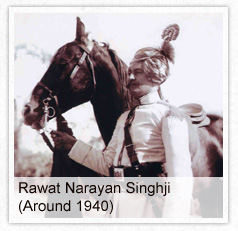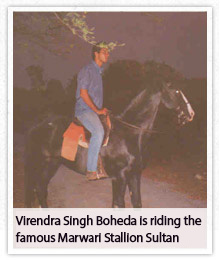History
- Home
- History
History
The Shaktawat Family of Boheda
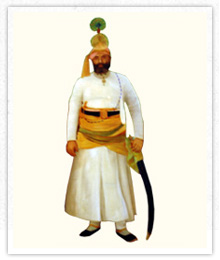
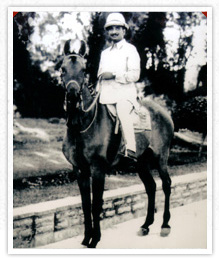

The Shaktwat clan took its name from him and branched-off into many sub-clans, spread all over Northern India in the last centuries. The Shaktwats of Boheda are an offshoot of the Bhanawat branch of Bhindar. Bhan, the name giver, was the eldest living son of Shakti Singh The jagir of Boheda was given to the second son, Fateh Singh, of the Maharaj of Bhindar by the Maharana (king) of Mewar in 1803 for his devoted services to his homeland. Along with it came the title of Rawat and the nobles of Boheda were henceforth ranked second-class among the nobility of Mewar.
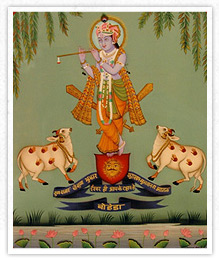
After a quarrel between the Boheda and Bhindar families, Rawat Bakhtawar Singh, the head of the Boheda family was declared outlaw by the Maharana and his jagir was confiscated. Bakhtawar Singh retorted to looting and plundering the Bhindar territories. The people of Bhindar suffered greatly and finally the Chief of Bhindar asked the Maharana to restore Boheda thikana to Bhaktawar Singh. Since the latter was also tired of leading the life of a rebel, he gladly returned from exile upon the Maharana's call and was pardoned. After the reconciliation, the Rawat was elevated to become one of the trustworthy favorites of the Maharana and started living in Udaipur most of the time. After the reconciliation, the Rawat was elevated to become one of the trustworthy favorites of the Maharana and started living in Udaipur most of the time.
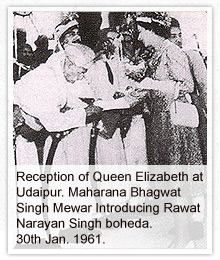
In 1848 Maharana Saroop Singh gifted a well-situated residence to the Bohera family. It included one haveli and a number of adjoining plots. Before one of the havelis used to be the domicile of the famous political agent and writer Col. James Tod. Till today the family of the Boheda Shaktawats reside in this place.
Only a couple of decades later new troubles were brewing between the Boheda family and the Maharana. Rawat Adot Singh wanted to adopt his nephew since he was not having any sons of his own. The chief of Bhindar rejected this and proposed an adoption of his younger son. Since at this time he yielded a great influence in the Mewar court, the new Maharana decided in his favor. Rawat Adot however did not pay heed and willed his nephew Kesari Singh as his heir. When he died in 1884 Kesari Singh was made the new Rawat of Boheda, ready to contest Bhindar and the Mewar State, which ordered him to vacant his position immediately. Kesari Singh however did not comply and made the thikana ready to fight.
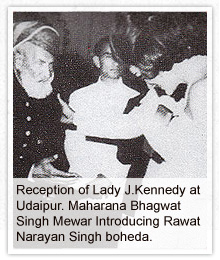
As a result in 1884 the Maharana sent a large force against Boheda, which destroyed the village and rawla (fort) and the thikana was given to Ratan Singh, the son of the Maharaj of Bhindar. Some villages were however taken out of the thikana and were placed under state control. Under Rawat Ratan Singh and his son Daulat Singh the fortunes of the Boheda thikana declined. Though all plundered objects and things were given back, the rawla and the main village were destroyed and the economy greatly hampered. In order to repair the damage the new Rawat had to borrow a lot of money from the state treasury and the thikana came under the burden of a heavy debt. Things did not improve, as the Rawat was a spendthrift and easy-going man.
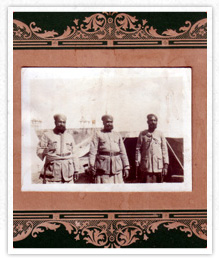
The year 1897 marked a turning point in the history of the Boheda thikana. The jagir was taken over by Rawat Nahar Singh, a new able successor. In contrast to his predecessors, he actually lived in Boheda and improved its finances considerably. He got rid of corrupt and irresponsible officials and dealt patiently with the existing problems.
Within his lifetime he was able to clear the thikana of the entire debt and get all the ancient villages, which were taken over by the Mewar State, back. Being a confident of Maharana Fateh Singh and a friend of the British resident in Udaipur, he was able to secure a great influence in the court of Mewar.
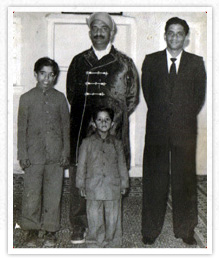
Almost half of the year he spend in Udaipur in the service of the Maharana, as it was custom in this time, and later entered in the service of his son Rajkumar Bhupal Singh. Rawat Nahar Singh was a great horse-lover and able horse breeder. Under his patronage Boheda developed into an important center of horse breeding. Its horses were considered of the best quality and even the Maharana used to receive horses from him.
Besides being a well-versed horse breeder, the Rawat was also a keen rider and hunter. After the death of Rawat Nahar Singh in 1939, his eldest son Narayan succeeded him as the chief of the Boheda thikana. Narayan Singh was educated at the famous Mayo College in Ajmer and entered the service of Maharan Fateh Singh at the age of nineteen. Very early his father entrusted him with the work of the thikana under his supervision so he could familiarize himself with the running of the estate. In the time of Rawat Narayan Singh, India achieved its independence in 1947. With the formation of the democratic state of Rajasthan, the feudal system collapsed and the jagir of Boheda and all the other jagirs were resumed in 1952. The nobles were compensated by land allotments.
